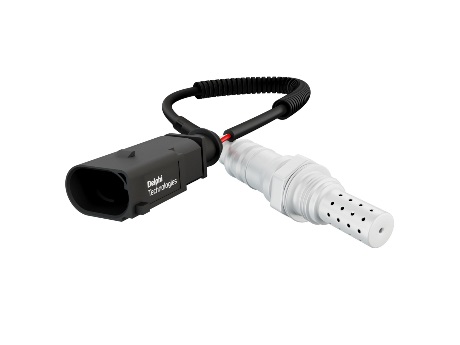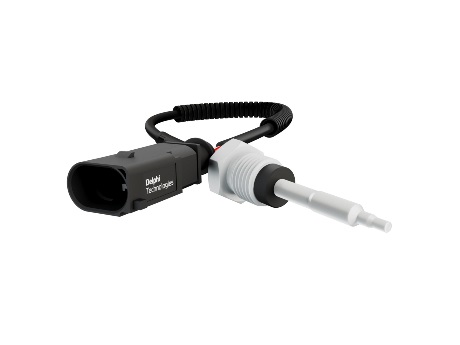Mass Air Flow Sensors
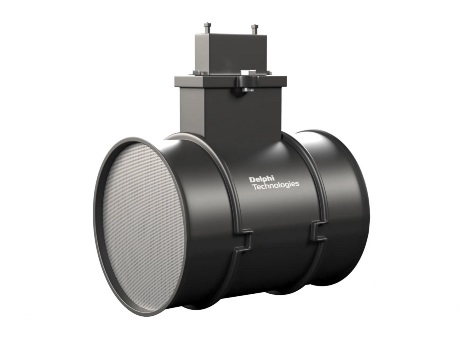
Innovative OE design
We build our OE expertise into every MAF sensor we make. Featuring a proprietary temperature compensation design, they offer outstanding performance over a wide range of ambient temperatures. And are fast to respond to changing engine conditions – typically less than 15 milliseconds to respond to 90 percent of a flow change. Innovative, dual-heated elements on specific references also help to ensure optimal performance, fuel efficiency, and reduced emissions

OE engineered and tested
By testing and calibrating to OE specifications, our MAF sensors provide the same accurate readings and airflow output as the OE. Each sensor is tested on state-of-the-art sonic nozzle-testing equipment capturing over 6,000 data points per flow, for optimal calibration accuracy. They’re also flow tested to match the OE for signal stability (noise), temperature compensation (the ability of the MAF sensor to measure airflow accurately from -30°C to 70°C) and electromagnetic compatibility.

Never remanufactured MAF sensor
Some things are better new. That’s why every sensor we make – whether with or without the housing—is built with all-new components and never remanufactured. Remanufactured MAFs are simply cleaned and tested, so any contamination on the sensor may not be eliminated, resulting in inaccurate readings to the ECU.
Greener probe-only technology
It’s often the electronics on the sensor probe that fail, meaning it’s not always necessary to replace the complete part. So we developed a probe-only solution, in addition to a full range of complete units. By eliminating the plastic housing, this provides a greener, more cost-effective and faster repair option.
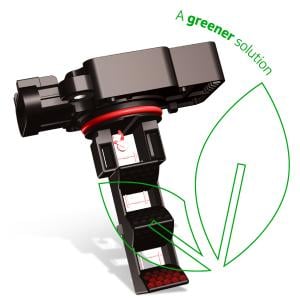
The complete package
With Delphi you get access to the complete package: the range, advanced DS diagnostics including the ability to look at live data, both at idle and max RPM, to determine if the MAF sensor is reporting the correct data, expert training and support and vehicle technical information including wiring diagrams, component locations and guided diagnostic procedures.
The Delphi Difference
-
100 years of OE experience, supplier to the world’s top automakers
-
OE heritage and knowledge built into every aftermarket part
-
Comprehensive portfolio for a wide range of vehicles and model years
-
Streamlined SKUs for easy inventory management
-
Support through tools, tips and training

Related product resources and downloads

Resource Highlights
The knock sensor explained
The knock sensor contains paper-thin piezoelectric crystals which compress with the vibration of the engine. The sensor can detect when an unexpected combustion occurs, or when the combustion is weak, and sends the information to the ECU. The ECU can then adjust both the air/fuel mixture, and the ignition timing as required.
Read this: an in-depth guide to what the knock sensor does and symptoms of engine knock.
What are the symptoms of a defective knock sensor?
If the vehicle has a faulty knock sensor, there are several things which might indicate where the problem lies – although some of these symptoms could also point to different problems. If any of the following occur, an inspection of the vehicle should include the knock sensor.
- Excessive knock or pinking from the engine
- Reduced fuel economy
- Poor engine performance
- Power loss and switch to ‘limp’ mode
- Poor acceleration.
How to test if a knock sensor is faulty
You can’t usually tell from looking whether a knock sensor needs to be replaced or not. The component needs to be tested with an oscilloscope to determine if there’s a bad connection or other fault. Check if your knock sensor is faulty by attaching an oscilloscope to a ground point on the sensor. If the reading is under 10 ohms or doesn’t produce any reading, it’s likely to need replacing.
What causes a knock sensor to go bad?
There are a few potential causes of a problematic knock sensor.
Incorrect installation
The knock sensor is designed to detect vibration. If the component isn’t mounted properly into its housing, it won’t pick up a proper reading because the sensor itself will probably be vibrating too. As with most car maintenance tasks, we recommend leaving the job of installing a knock sensor to a qualified technician, to handle the task with the required care and attention to detail.
Poor connection or wiring
Another important aspect of installation is ensuring the sensor is placed in a clean area, and checking carefully for a good connection. If the connection is bad or there’s too much dirt build-up, the sensor can’t pick up a good signal. If the signal to the ECU is too quiet, the ECU will log a fault right away. Faulty wiring could also be the cause of a bad connection, which means the signal won’t get picked up properly.
Excessive vibration over time
A vital connection shaken loose or subjected to excessive knock for extended periods of time could affect the sensor’s operation.
Need a replacement knock sensor? Explore Delphi’s range of knock sensor components.
Replacing the knock sensor: step by step
You can replace a knock sensor in a few simple steps. See below for how it’s done (in most vehicles).
1. Remove undertray
The vital engine parts are covered by the undertray to prevent debris, dirt, and moisture from getting in. It can be removed to allow access to the engine components underneath. Depending on the car model, the number and type of attachments connecting the undertray to the car can vary.
2. Remove components to gain access to the sensor
In some vehicles, the knock sensor is obscured by other components, so you’ll need to remove those to access the sensor. Make sure other wires and connectors are out of the way so you don’t accidentally pull them free from other components as you remove what’s in the way.
3. Remove knock sensor
Remove the bolt securing the knock sensor from its housing. When it comes free, follow the wiring to the other end where there’s an electrical connection still securing it to the vehicle. Remove the connector and then the sensor will be clear of the engine.
4. Replace knock sensor
Connect the replacement knock sensor into the electrical connector, then clip it back into place. Slide the bolt through the sensor and bolt it back into position until tightened.
Depending on the number of cylinders the vehicle engine has, there may be other knock sensors to replace – it’s always recommended to replace all knock sensors at once. Follow the same steps of removal and replacement so that you can put more new knock sensors inside the vehicle.
Why choose Delphi’s knock sensor parts? Find out more about our replacement parts.
Is a knock sensor worth replacing?
Replacing a knock sensor is not only worth the hassle, it’s absolutely essential to help prevent severe engine problems – a vehicle with a bad knock sensor shouldn’t be driven at all once the problem occurs. A faulty knock sensor can’t tell the engine when it needs to adjust ignition timing, which could cause damage to the engine. If a faulty knock sensor isn’t replaced it can lead to other issues like poor acceleration, degraded emissions, or total power loss.
Why is a replaced knock sensor still getting a code?
After replacing a knock sensor, the vehicle may still be getting an error code from on-board diagnostics. Check the part has been fitted correctly and calibrate the new part using the diagnostic tool. If there’s still an issue, test the parts and connections for potential causes of the problem.
How often should a knock sensor be replaced?
A knock sensor operates in an extreme environment. It isn’t like other car parts in that you shouldn’t expect it to wear out from normal use. The knock sensor should only be replaced when it fails or breaks.
Where can I buy a knock sensor?
Delphi manufactures and supplies a wide range of replacement car parts including knock sensors, both for passenger and commercial vehicles. Visit the full online catalogue, search by car make and part to get a host of matches for the job.
Get in touch
The full Delphi Sensors product range
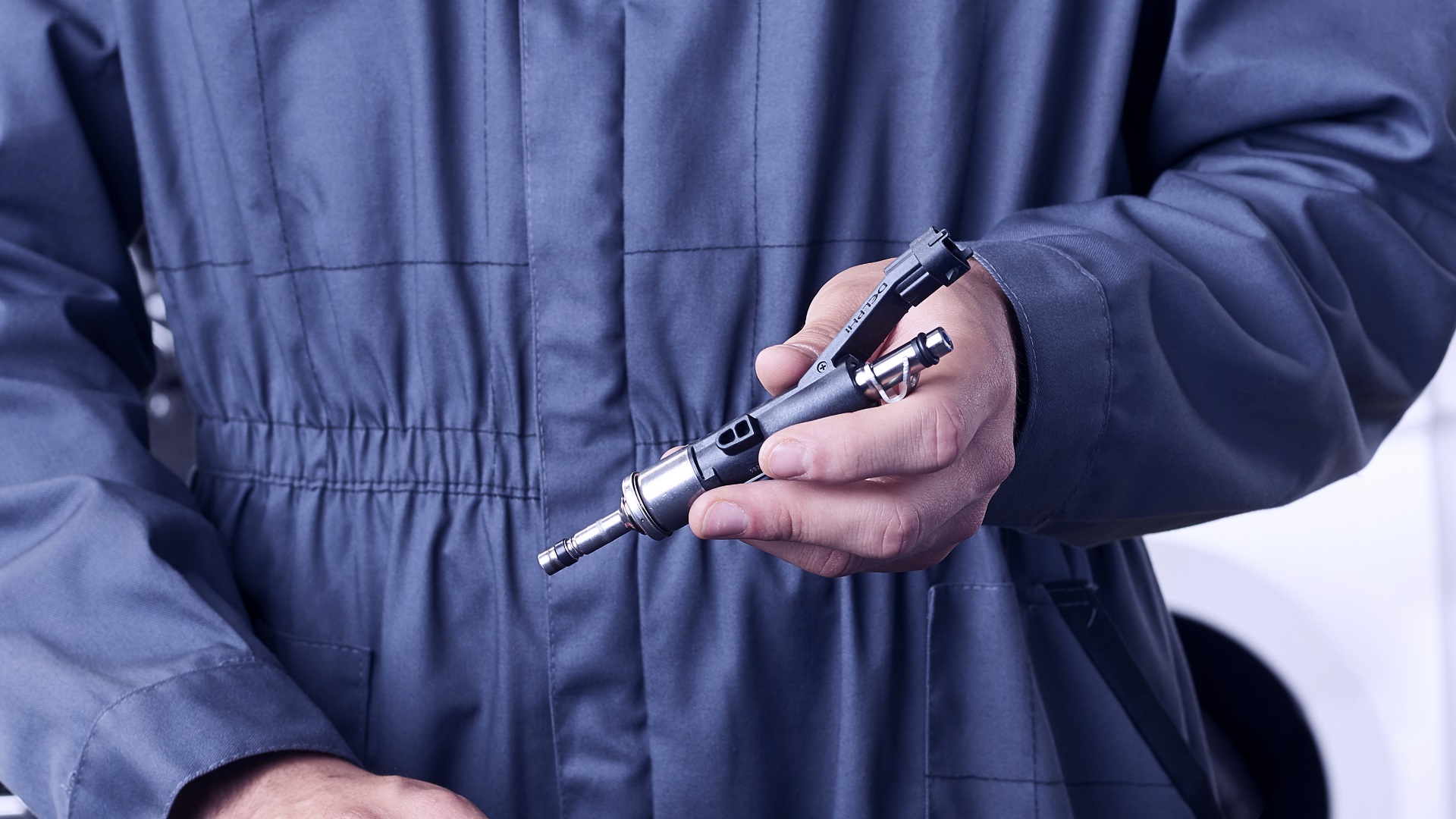
Find out where to buy Delphi parts

